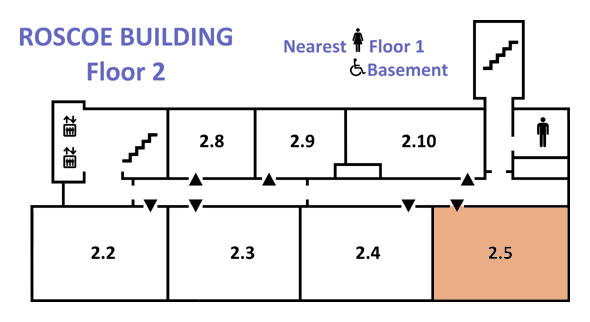
|
iCHSTM 2013 Programme • Version 5.3.6, 27 July 2013 • ONLINE (includes late changes)
Index | Paper sessions timetable | Lunch and evening timetable | Main site |

|
iCHSTM 2013 Programme • Version 5.3.6, 27 July 2013 • ONLINE (includes late changes)
Index | Paper sessions timetable | Lunch and evening timetable | Main site |
New findings, methods and inventions originated and developed in science, technology and their intersection shaped the research on nature, human products and practical methods during the inter-war period. This session explores a few ways by which new knowledge or knowledge perceived in a fresh way became a subject for research of physicists and engineers alike and shaped their working patterns and agenda. The focus will be on activities - new structures, methodologies and devices - that developed between the two disciplinary and professional realms of physics and engineering. The case studies will investigate the ways by which different kinds of knowledge were combined, transformed and put to work in various sub-disciplines and in their intersections.
Although a few historians have examined the influence of practical aims on scientific studies in the period, the issue still calls for a historical systematic treatment. On the one hand, this session attempts a modest step in that direction by assembling a few perspectives on the various ways by which technology and its goal oriented questions and approaches influenced developments in physics. On the other hand, new physical knowledge was embodied in technical devises, technological systems or new methodological approaches, which again retroacted on the development, the shape and self-understanding of academic physics. The examples are taken from research done in academic as well as in industrial and military settings, by physicists as well as by engineers, although in their work they were not always distinguishable.

